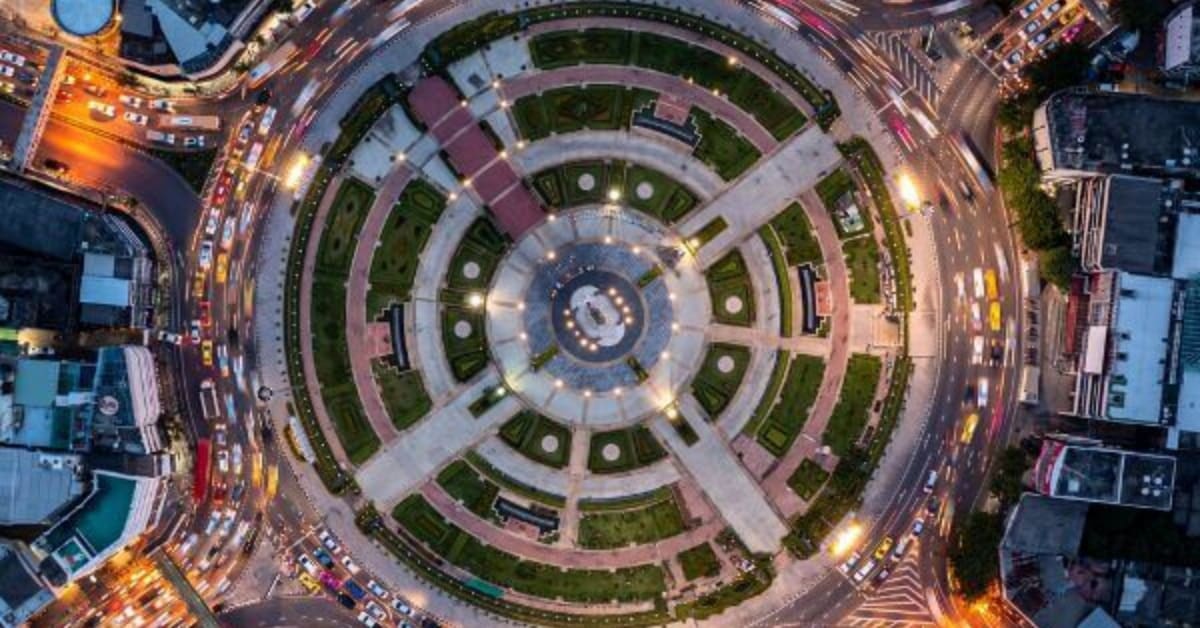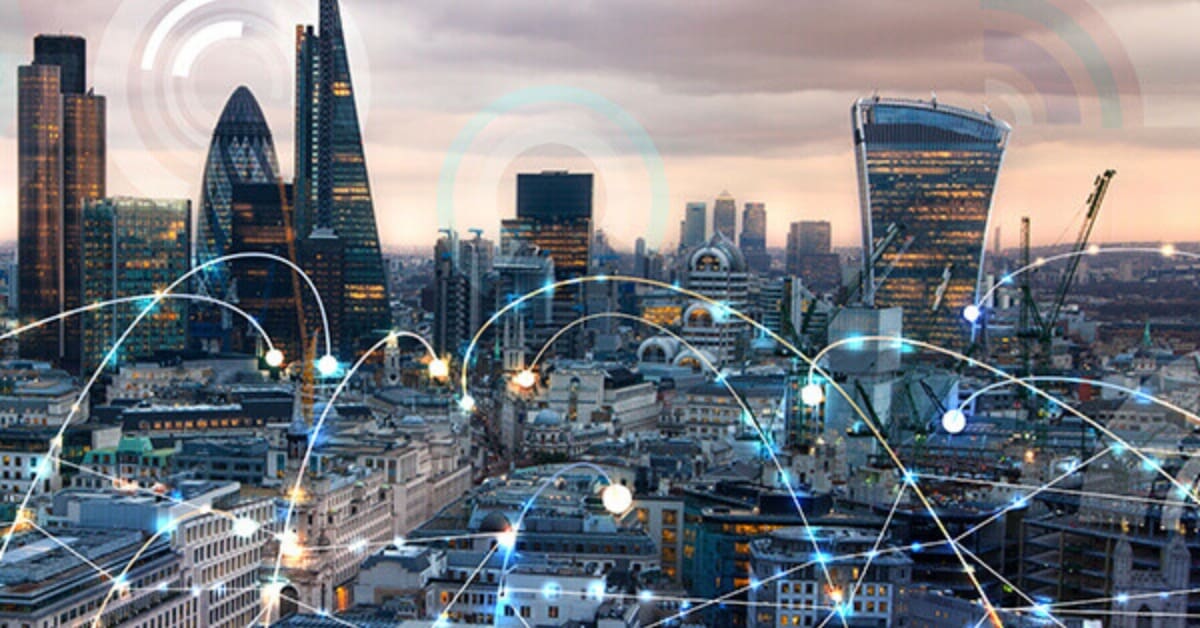Change Design
The journey to our destination begins with knowing which path to take
Change design
Change isn’t one-size-fits-all. It can take many forms, from targeted improvements to whole-organisation transformations. But regardless of size or scope, successful change doesn’t happen by accident. It needs to be designed.
At changemaker, we believe change design is the foundation of successful transformation. It’s the step that defines what needs to change, why it matters, and how to approach it. Yet it’s also the stage most commonly rushed, or skipped entirely, in the push to start doing.
Change design helps you slow down before you speed up. It brings clarity to complex challenges and aligns your people, priorities, and processes around a shared vision of success. Done well, it reduces the risk of false starts, conflicting workstreams, and missed outcomes. It’s how you avoid costly rework later—and how you create the conditions for change that actually sticks.
Whether you already know what needs to change or you’re still figuring it out, we help you map the terrain, navigate uncertainty, and shape a change journey that makes sense for your organisation.
Change design - navigator or explorer?
Every change journey is unique. Some organisations are heading somewhere familiar but need help getting there smoothly. Others are striking out into the unknown, searching for answers to questions they haven’t fully formed yet. That’s why, at changemaker, we work in two distinct modes of change design: navigator and explorer.
Navigator
If you’re facing ambiguity, where the problem isn’t fully defined, the scope is unclear, or you sense something needs to change but aren’t sure what, that’s where explorer mode comes in. Explorers help organisations discover what type of change is really needed. Through structured facilitation and deep listening, we help you make sense of complex challenges, identify root issues, and clarify your options.
It’s a creative, adaptive process that thrives on curiosity and collaboration. We work closely with your teams to map the terrain as we go, generating insight, surfacing priorities, exploring culture and behaviour, and building alignment across diverse perspectives. Explorer mode is especially valuable when the goal is innovation, disruption, or transformation; when the path doesn’t yet exist and needs to be designed from scratch.

Explorer
If your organisation already has a clear understanding of the change it needs to make, navigator mode helps you structure for success. Navigators bring experience, rigour, and a practical toolkit to support implementation. We review whether there really is a case for change before helping you to build the right foundations: stakeholder alignment, governance structures, decision-making clarity, and a shared understanding of the desired outcomes.
A navigator ensures your change programme doesn’t just start well, but stays on track. That means surfacing risks early, setting realistic expectations, and making sure the right people are involved in the right way at the right time. It’s a highly collaborative process that increases your chances of delivering meaningful results on time and with real organisational buy-in.

How we support your change journey
At changemaker, we take a comprehensive and holistic approach to change, offering a wide range of services across four key areas:
Change Design
Supporting you in exploring what change might look like, or navigating your way to realising the change you desire.
Change Delivery
Implementing the governance and skills to plan and deliver change in an ambiguous world.
Human Change
Supporting the human being in understanding why and how to change to realise their full potential.
Resourcing for Change
Providing you people with the skills and values that matter to you on a temporary, interim, or permanent basis.
Video resources
Our video library shares lessons, tools, and perspectives to help you deliver meaningful and sustainable change.
Video
Sign up to our changemaker newsletter to receive our latest insights and industry focuses
"*" indicates required fields
Frequently asked questions
Change design can feel complex, especially if it’s new to your organisation. We’ve answered some of the most common questions below to help you understand how it works, why it matters, and what to expect when you partner with changemaker.
When is the right time to invest in change design?
The earlier change design begins, the better. Ideally, it happens right at the outset, before delivery starts, so that organisations can define their problem clearly, align stakeholders, and structure for success. However, it’s also valuable mid-journey if a project stalls or new complexities emerge, helping to reframe efforts and get initiatives back on track.
How do you know whether you need a navigator or an explorer?
If you know what needs to change but need help setting up for successful delivery, you need a navigator. If you’re unsure exactly what the problem is, or how to tackle it, an explorer will help you discover and shape the change needed. Sometimes, organisations need a blend of both approaches over time.
Why is change design often overlooked?
Change design is often skipped because organisations feel pressure to move quickly. There’s a strong temptation to jump straight into delivery, especially when the need for change feels urgent. However, missing the design stage leads to higher risks of misalignment, wasted effort, and project failure down the line.
What are the risks of not investing properly in change design?
Without sufficient change design, organisations face misaligned priorities, confused stakeholders, and a higher chance of delays or failure. Technical delivery may progress while cultural, behavioural, and structural impacts are missed, leading to false starts, frustrated teams, and outcomes that fall short of expectations.
What value does change design add to a project?
Change design increases the likelihood of success by providing clarity, structure, and alignment from the outset. It ensures decisions are made with a full understanding of impacts, trade-offs, and priorities, helping organisations avoid costly rework and sustain progress through delivery.
How do you collaborate with internal teams during the change design process?
We work closely with client teams through interviews, workshops, and facilitated sessions. Where possible, face-to-face collaboration helps test ideas and build engagement. We also adapt to remote and hybrid environments using digital tools and shared collaboration platforms to keep everyone connected and aligned.
What does a typical change design engagement look like?
Every engagement is unique, but typically begins with discovery work: interviewing key stakeholders, mapping out perspectives, and understanding the organisation’s context. From there, we facilitate workshops to build clarity and consensus, tailoring the pace and style of work to the client’s capacity and needs.
How long does change design usually take?
Timelines vary depending on the organisation’s size, complexity, and availability of key stakeholders. In a focused environment, it can take a couple of weeks. In more complex settings with competing priorities, it may take longer and require several iterations to get to the right level of clarity.
What frameworks or tools do you use during change design?
For navigator work, we use structured tools such as stakeholder mapping, benefits cases, governance frameworks, and project initiation documents. For explorer work, we use facilitation techniques like affinity diagrams, interrelationship diagrams, and Values Journey mapping to help surface ideas and clarify challenges.
How flexible is the change design approach?
Our approach is highly adaptive. Every organisation is different, so we tailor the tools, techniques, and pace to suit the client’s context. Whether working virtually, face-to-face, or in hybrid models, the focus remains on quality conversations and unlocking insight that supports better decision-making.
Can change design happen after delivery has already started?
Yes, absolutely. Sometimes organisations begin delivery and realise they are encountering unexpected obstacles. Change design can step in mid-stream to reframe the problem, clarify outcomes, and realign the programme, helping salvage momentum and strengthen the chances of success.
What happens if stakeholders are not aligned during change design?
Part of our role is to surface and work through misalignment. By creating safe spaces for open conversation and structured playback of insights, we help organisations build a more united understanding of the change needed. Addressing differences early reduces friction later during delivery.
Does change design only focus on technical or operational change?
No, change design also considers cultural, behavioural, and structural impacts. Often, the human side of change is overlooked in early planning. Our process ensures that broader organisational shifts, such as new ways of working or cultural change, are included in the design thinking.
Is change design just project planning under another name?
No. Project planning is about executing a known change; change design is about defining what change is needed and how to approach it. It precedes planning and ensures that project activities are correctly scoped, prioritised, and aligned with meaningful outcomes.
What are some common misconceptions about change design?
Many leaders assume change design is just creating a business case or a project initiation document. In reality, it’s about much more—uncovering hidden risks, clarifying organisational impacts, and preparing people, processes, and structures for the journey ahead.
What types of organisations benefit most from change design?
Any organisation facing meaningful change can benefit from change design. We typically work with private-sector or commercially-oriented organisations, but have also helped with large-scale public-sector programmes requiring scaled-up consultancy teams.
How do you ensure change design doesn’t slow organisations down?
Change design is about smart preparation, not unnecessary delay. By investing time up front to gain clarity and alignment, organisations actually move faster and more effectively through delivery. It’s about reducing risk, not adding bureaucracy.
What’s the ultimate goal of change design?
The ultimate goal is to increase the chances that the organisation achieves its desired outcomes from change as efficiently and effectively as possible. It’s about ensuring everyone understands the why, the what, and the how, so that when delivery begins, progress is smoother, more effective, and more resilient.
Related resources
Our perspective on doing business and industry insights… we’d love to hear your thoughts too.



